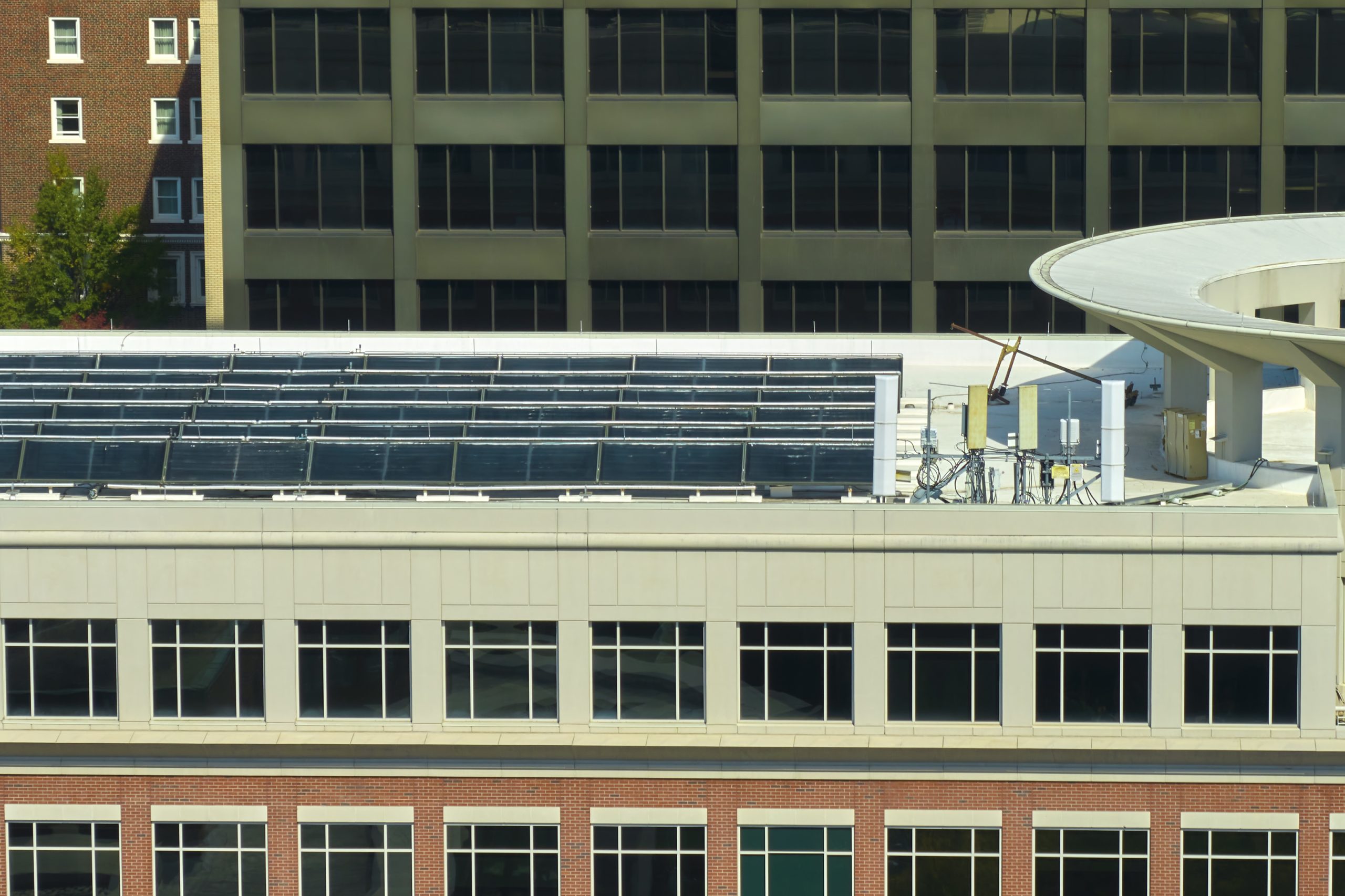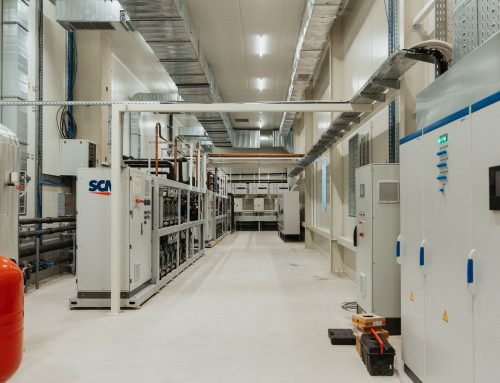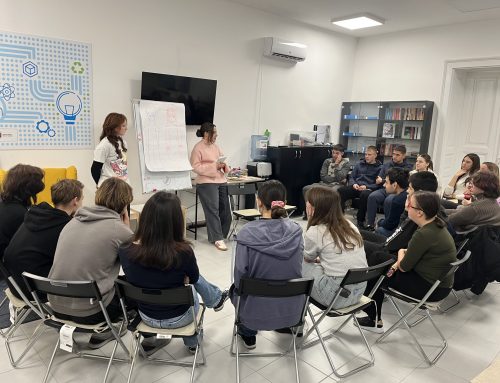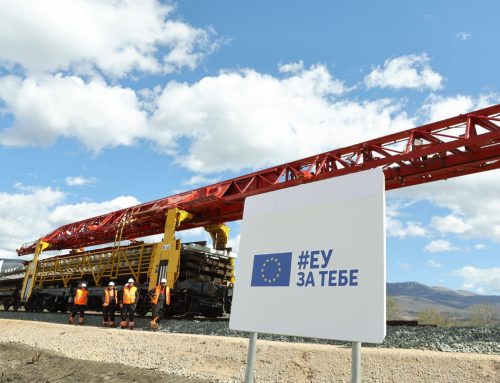Do you know what nearly zero energy buildings are? Two complementary technologies are the key in such buildings – solar or other systems for renewable energy generation and modern external thermal insulation.
This type of building is a rounded system that consumes minimal energy, produces its own electricity, and distributes surpluses to the national power grid. This allows the building to reach “zero” in terms of costs, most often in the winter months, when it is powered from the power grid.
At the summit of the Berlin Process in Sofia, Heike Erhorn-Kluttig, manager at the Fraunhofer Institute, highlighted the advantages of zero energy buildings and the approach, which is still being improved.
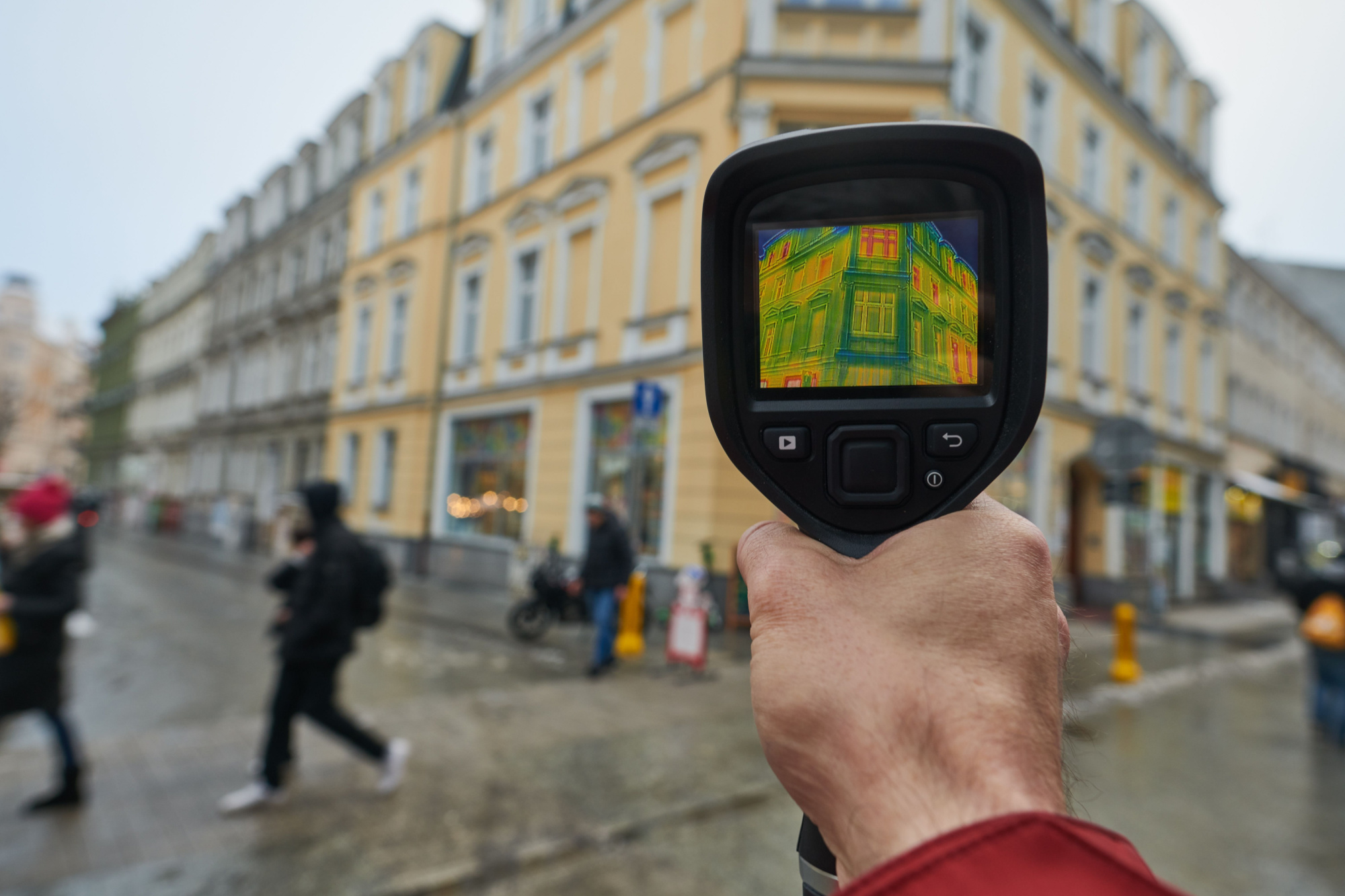
Serbia is one of the least energy efficient countries in Europe. The World Bank estimates that 35 percent of energy consumption in households, 40 percent in the public sector and 25 percent of energy in the industrial and commercial sector can participate in savings, taking into account unused potentials. For example, 300 to 400 thousand residential buildings do not have thermal insulation. This is a big challenge throughout Balkans in the years to come.
“Zero energy buildings don’t have to look different from conventional buildings, but they provide more comfort, low energy bills and have high sustainability for the users and for the environment. We are currently focusing on climate-neutral and plus energy buildings.”
The purpose of the project “Promotion of Energy Efficiency in Public Buildings in Serbia” is to contribute to improving energy efficiency through renovation/replacement of the so-called building envelopes (facades, windows, etc.), as well as heating and ventilation systems in order to save energy and improve the safety and comfort for users. The EU and the German Development Bank (KfW), which are providing financing in the amount of EUR 77.68 million, which will help reconstruct 35 public buildings, solar panels will be installed on 125 buildings, and the first nearly zero buildings will be completed.
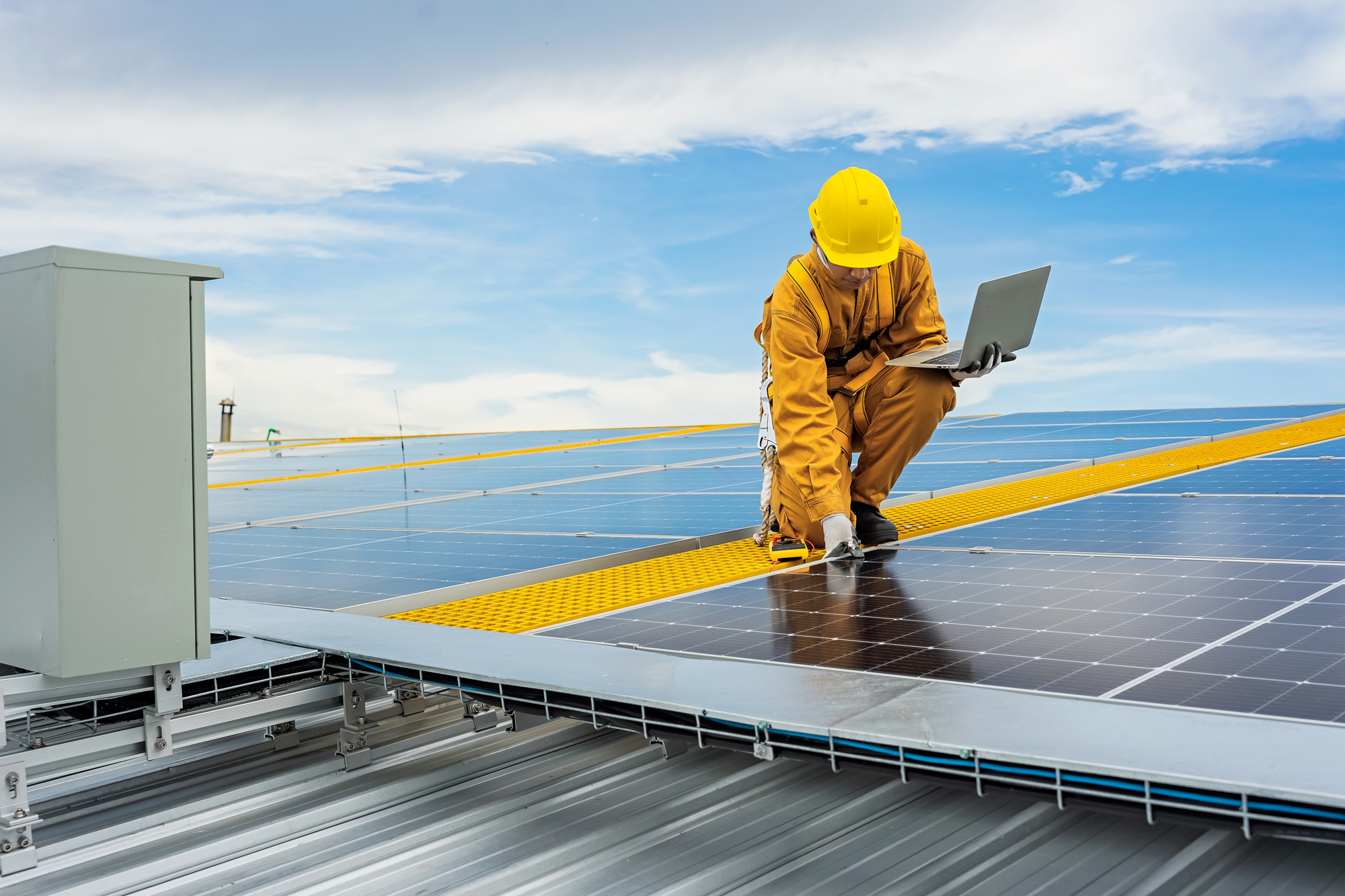
Planned measures on buildings will contribute to energy savings, but also to better living conditions for end users. The energy potential of selected buildings will be increased, using energy from renewable sources. Citizens will get a more sustainable, efficient environment with a more reliable supply. It is also the basis for harmonising Serbia with the acquis of the European Union in the energy sector. The project is aimed at energy-efficient reconstruction of public buildings in the Western Balkans, from the administrative, health and education sectors (e.g. schools, hospitals, kindergartens, administrative buildings, etc.).
The reconstruction of one or two buildings to the nearly zero energy standard is also expected. Starting from 2019, all new public buildings in the European Union must meet that standard.
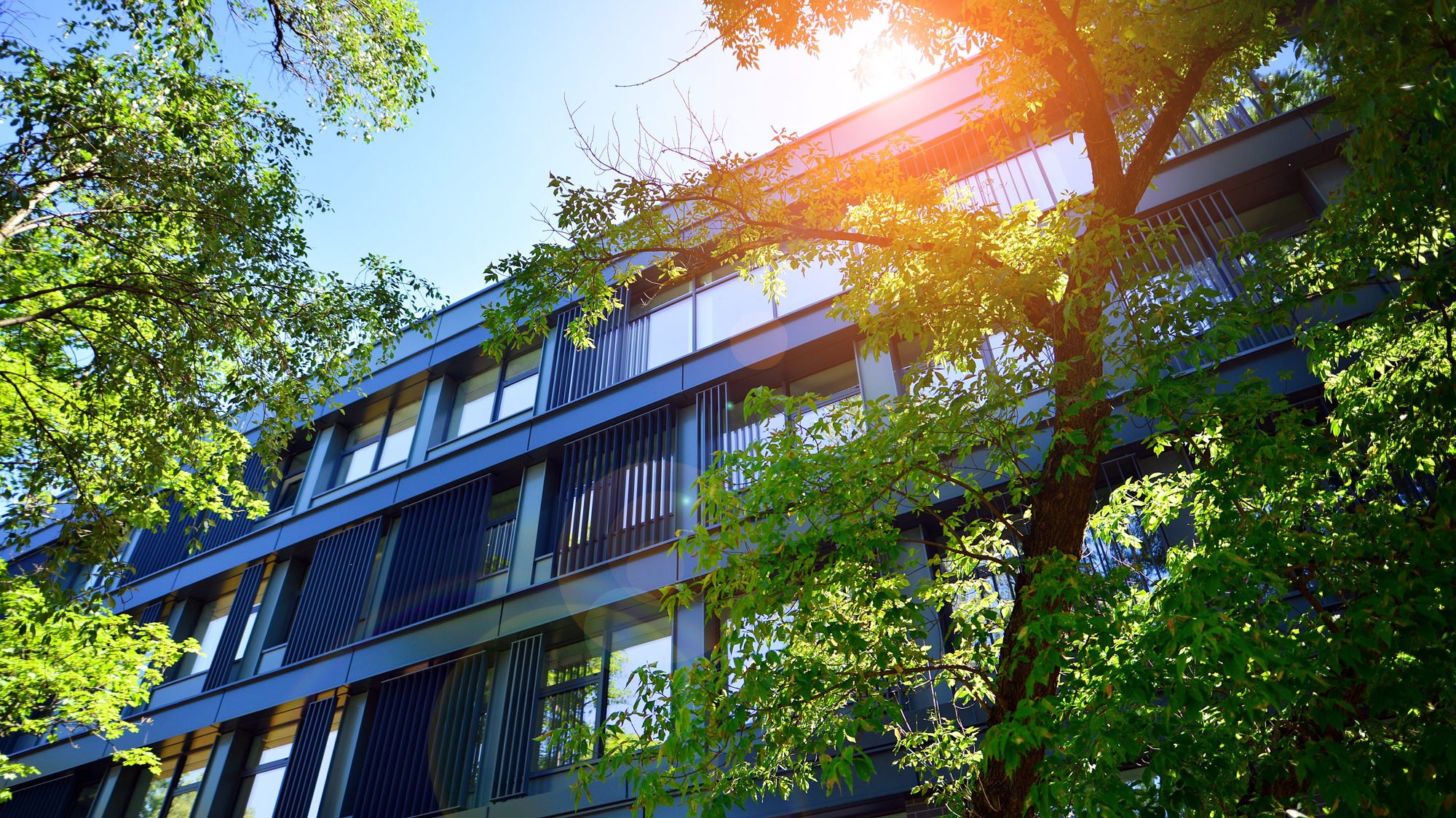
As part of the broader financing by the KfW, two substantial contracts were signed on the allocation of grant funds in the amount of EUR 25.68 million from EU funds, through the Investment Framework for the Western Balkans (WBIF), from the Regional Energy Efficiency Programme (REEP), and of the national contribution, which marked the beginning of the project implementation.
On behalf of the German government, the KfW previously secured a concessional loan for this project (the subsidy is secured from the German federal budget) in the amount of EUR 50 million. Additionally, the German Federal Government allocated two million euros of grant funds for the necessary expert support. It is expected that, thanks to this project, annual carbon dioxide emissions in reconstructed buildings will be reduced by at least 40 percent. The total CO2 emission reduction will amount to about 11,750 tons. By comparison, it takes a million trees to absorb that amount of CO2.
EU support to Serbia in the energy sector since 2000 exceeds one billion euros. The EU is currently working on improving energy efficiency of several hospitals in Belgrade, including the largest hospital – VMA. So far, the EU has provided grants for energy efficiency measures in 200 buildings in Serbia, from kindergartens and schools to other large hospitals and public administration buildings.

